Besides using a tool like jsconsole (see quote & url below about that) to inspect what your phone's browser is doing, you have a few other options as well.
Depending your level of control over the site that is sending these requests out, or the server, you may be able to open up your server's logs and examine the kinds of requests coming through.
If you don't have that control, and your phone is on your LAN (connected to the same Wifi network as your computer) you may consider using Wireshark to examine packets; this is tougher but is a good exercise in understanding what is going on in your network. You can use the filter functionality to localize the tcp packet dump to display only those outbound from your phone's IP address. If there is a lot of noise, you can narrow the filter down to include those inbound to the target site you're interested in.
Most likely though, jsconsole is what you're looking for. Good luck!
jsconsole.com is a simple JavaScript command line tool. However, it also provides the ability to bridge across to other browser windows to remotely control and debug that window - be it in another browser or another device altogether.
http://jsconsole.com/remote-debugging.html

